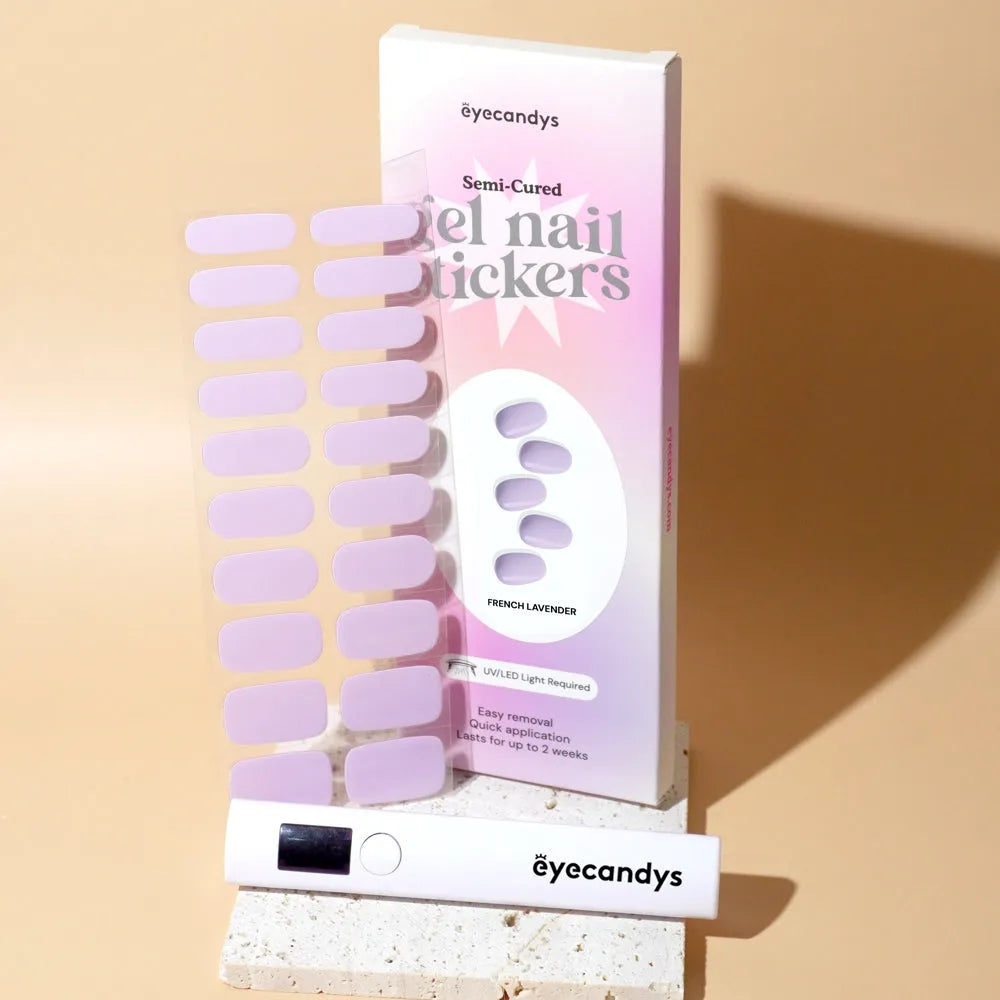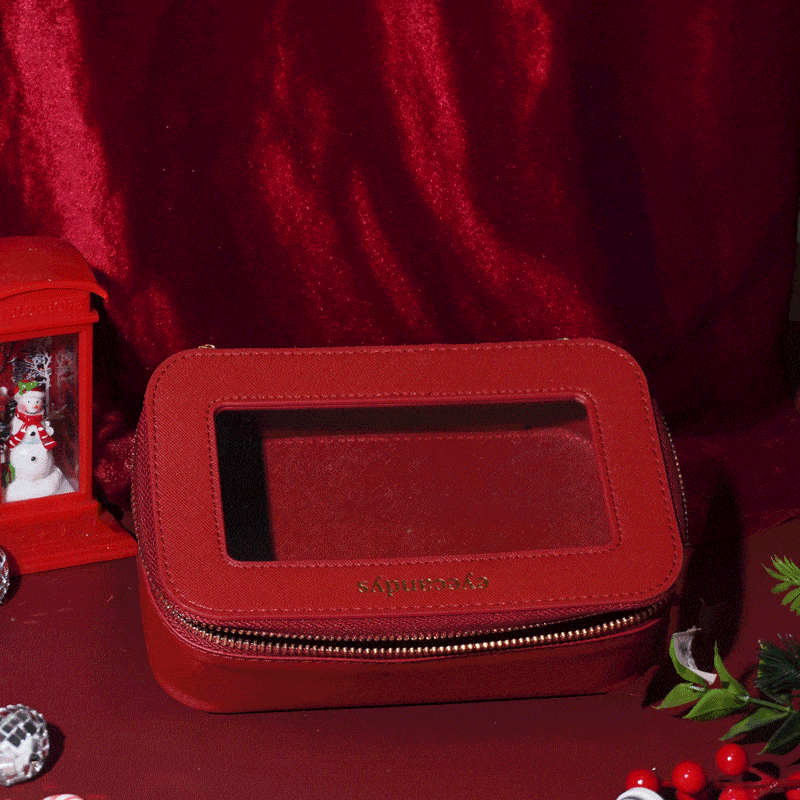If you're new to colored contacts or just need a refresher, follow this step-by-step guide to ensure a smooth and safe application. Colored contacts can enhance your look, whether for a special event, cosplay, or daily wear. Here’s how to put them in properly.
How to Put in Your Colored Contacts: A Step-by-Step Guide
Preparation
Before you start, it’s crucial to have clean hands and the right tools. This will help prevent eye infections and ensure your lenses stay clean.
-
Wash Your Hands: Use soap and water to wash your hands thoroughly. Dry them with a lint-free towel. Clean hands prevent transferring dirt and bacteria to your eyes.
-
Inspect the Lenses: Check your lenses for any tears or debris. They should be clean and moist. Damaged lenses can cause irritation or eye injuries. For long-wear lenses, we recommend soaking them in your favorite multipurpose contact lens solution for at least 6 hours prior to wear.
-
Prepare Your Eyes: If you use eye drops, apply them before putting in your contacts. This can help lubricate your eyes and make lens insertion more comfortable.
Inserting the Lenses
Now that you’re prepared, follow these steps to insert your colored contacts.
Step 1: Place the Lens on Your Finger
-
Positioning: Place the contact lens on the tip of your index finger. Make sure the lens is right-side up (it should look like a bowl). Proper positioning ensures the lens fits correctly on your eye.
-
Check for Inversion: If the edges flare out, the lens is inside out. Flip it over. Wearing the lens inside out can cause discomfort and blurred vision.
Step 2: Open Your Eye
- Hold Your Eyelids: Use your non-dominant hand to hold your upper eyelid. Use your middle finger of the dominant hand to pull down the lower eyelid. This keeps your eye open wide for easy insertion.
- Steady Your Hand: Keep your hand steady to avoid blinking during the application. A steady hand helps in placing the lens accurately on your eye.
Step 3: Insert the Lens
-
Look Up: Look up or straight ahead as you gently place the lens on the lower part of your eye. This positioning helps in placing the lens correctly without touching the sensitive central part of your eye.
-
Release Slowly: Slowly release your eyelids and close your eye to help the lens settle in place. This helps in securing the lens on your eye surface.
-
Blink Naturally: Blink a few times to ensure the lens is centered and comfortable. Blinking helps in positioning the lens correctly.
Adjusting and Removing the Lenses
Adjusting your contacts ensures comfort and proper vision. Follow these steps to adjust and remove your lenses safely.
Adjust the Lens
-
Check Comfort: If the lens feels uncomfortable, remove it, rinse it with solution, and try again. Discomfort can be a sign of debris or incorrect placement.
-
Centering the Lens: If the lens is off-center, gently close your eye and massage the lens into place through your eyelid. This helps in positioning the lens correctly.
Removing the Lens
-
Wash Your Hands Again: Always wash and dry your hands before removing your lenses. Clean hands prevent infections and irritation.
-
Pull Down the Lower Eyelid: Use your middle finger to pull down the lower eyelid. This helps in exposing the edge of the lens.
-
Pinch the Lens: Use your thumb and index finger to gently pinch the lens and remove it. Be gentle to avoid damaging the lens or your eye.
Aftercare
Proper aftercare is essential for maintaining the quality of your lenses and the health of your eyes.
-
Clean and Store: Clean your lenses with a multipurpose solution and store them in a clean case filled with fresh solution. This prevents buildup of deposits and bacteria.
-
Replace Solution Daily: Always use fresh solution every day to store your lenses. Reusing solution can lead to contamination.
-
Follow Replacement Schedule: Adhere to the recommended replacement schedule for your lenses to avoid eye infections. Old lenses can degrade and cause discomfort or infections.
Common Mistakes to Avoid
Avoid these common mistakes to ensure your eye health and lens longevity:
-
Using Water: Never use water or saliva to clean your lenses. These can introduce harmful microorganisms.
-
Ignoring Expiry Dates: Do not use lenses past their expiry dates. Expired lenses can become brittle and uncomfortable.
-
Sleeping in Lenses: Avoid sleeping in lenses unless they are specifically designed for overnight wear. This can reduce oxygen supply to your eyes and increase the risk of infections.
Frequently Asked Questions
Can I Wear Colored Contacts with Prescription?
Yes, colored contacts are available with prescriptions. Make sure to consult with your eye doctor for the right fit and prescription. Properly fitted lenses ensure clear vision and comfort.
How Long Can I Wear Colored Contacts?
Follow the manufacturer’s guidelines. Daily lenses should be discarded after one use, while monthly lenses can be worn for up to 30 days. Overwearing lenses can cause eye strain and infections.
Are Colored Contacts Safe?
Yes, as long as you follow proper hygiene and care instructions, colored contacts are safe to wear. Regular cleaning and correct handling are essential for safety.
By following these steps and tips, you can ensure that your experience with colored contacts is safe, comfortable, and enjoyable. Whether you're looking to enhance your natural eye color or make a bold statement, colored contacts can be a fun and versatile accessory.











